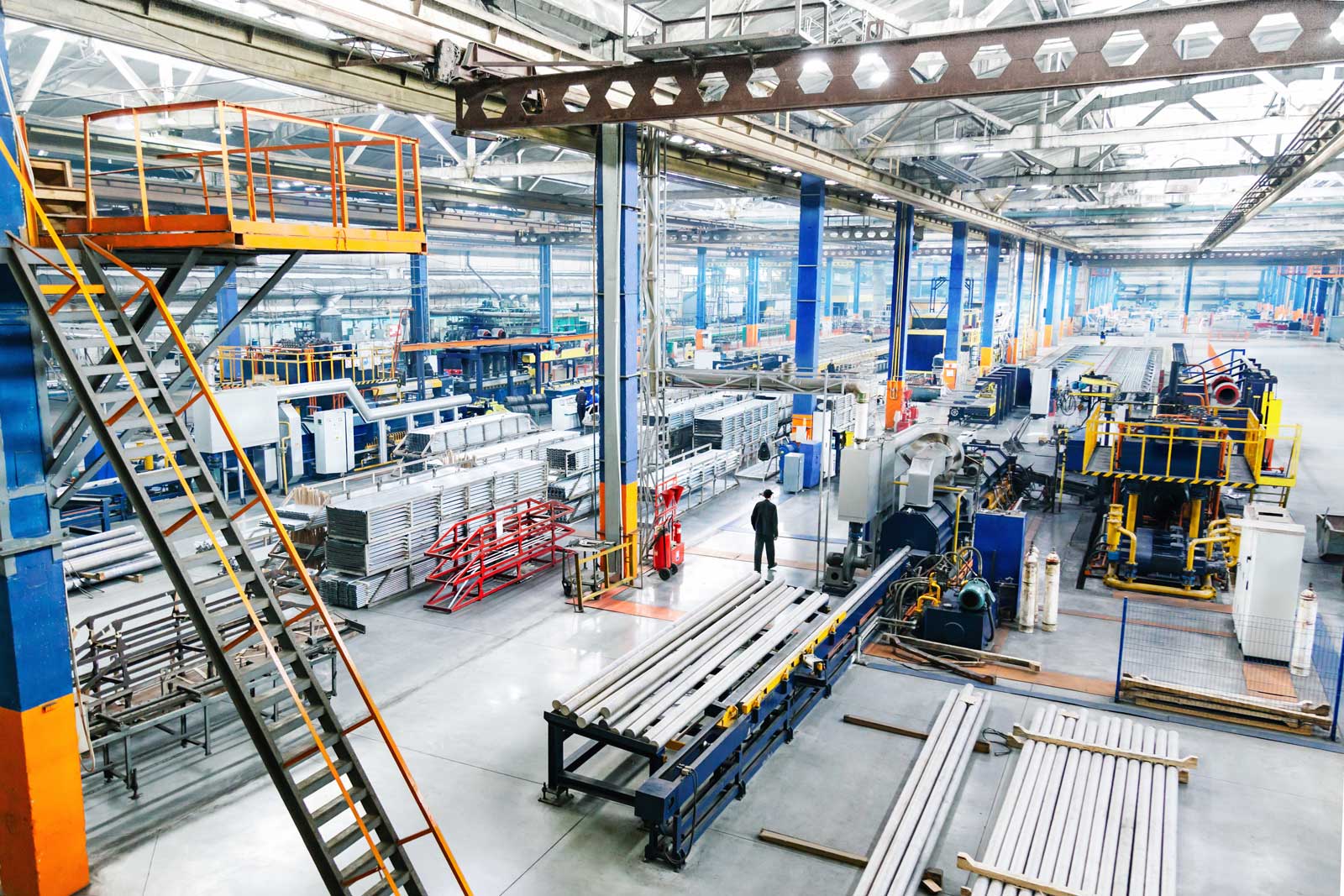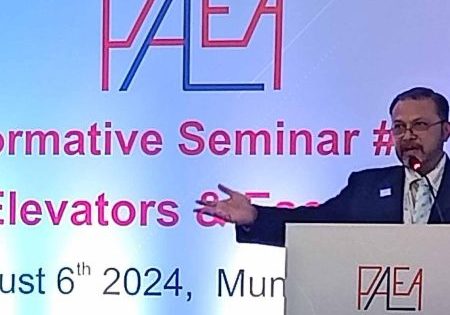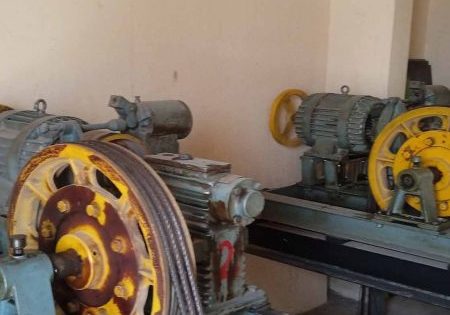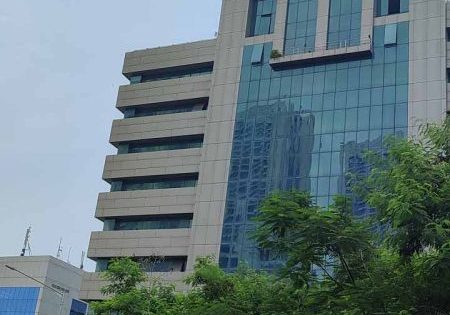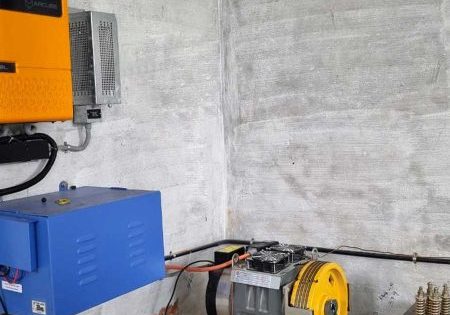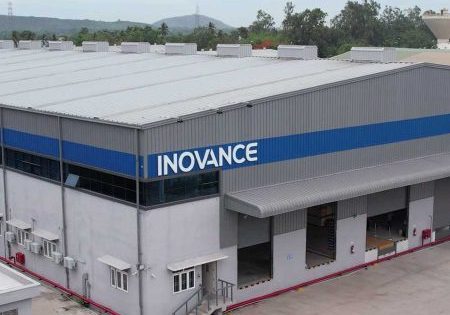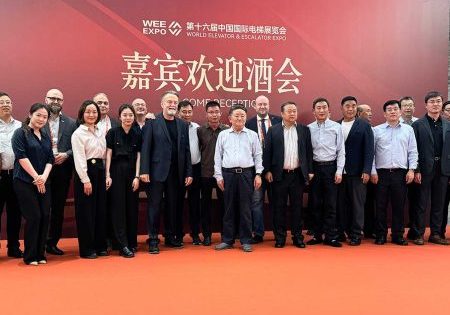The global rise of “Made in India’s” VT Market
The “Made in India” initiative launched by the Indian government in 2014 has been a pivotal force in transforming India into a global manufacturing hub. While this initiative has impacted various sectors, the vertical-transportation (VT) industry —encompassing elevators, escalators and related technologies — has seen significant strides. The initiative is bringing significant momentum to the VT sector, aligning seamlessly with the broader Atmanirbhar Bharat mission (Self-reliant India campaign). This alignment is helping the industry scale new heights in innovation, manufacturing excellence and global competitiveness. Here are some noteworthy points to consider for a comprehensive review:
- Current Landscape of VT Industry in India: India’s VT industry has shown remarkable growth, driven by rapid urbanization and infrastructure development. Demand for elevators and escalators is rising, not just in metros but also in Tier 2 and Tier 3 cities. Indian manufacturers have increasingly adopted advanced technologies, making their products competitive with international standards. However, the potential for growth remains largely untapped, especially in the global market. Indian companies have the capability to cater to international demands but need a more strategic approach to extend their reach.
- Integrating Advanced Technologies: The sector is leveraging cutting-edge technologies such as Internet of Things (IoT)-based remote elevator monitoring, digital solutions, AI-based self-learning control systems and advanced manufacturing techniques to create more advanced and efficient VT solutions. These are crucial for maintaining a competitive edge in both domestic and global arenas.
- Focusing on Self-Reliance: Indian manufacturers can reduce dependence on imports and strengthen the domestic supply chain. This includes: (a) Localization: Increasing the use of locally sourced materials and components to boost the domestic economy and reduce reliance on foreign imports, (b) Innovation and R&D: Encouraging innovation through R&D will help Indian companies develop unique products that can compete globally. Government incentives and support for R&D can play a significant role in this, (c) Export Promotion: Government policies should focus on promoting exports of India-made VT solutions. This could involve trade agreements, export incentives and showcasing Indian products at international trade fairs.
- Driving Sustainable Practices: The alignment with Atmanirbhar Bharat also emphasizes sustainability. VT companies are not only adopting greener and more sustainable manufacturing practices, but are also developing environmentally friendly products that are energy efficient, ensuring that their growth contributes positively to the environment.
Industry Insights: To gauge the latest progress and initiatives in extending the scope for “Made in India” VT across domestic and international markets, an unstructured survey was conducted with more than 20 key stakeholders across business development, manufacturing, supply chain, R&D and finance. Their insights highlight the current initiatives and future roadmaps for advancing the scope of “Made in India” VT across domestic and international markets. Here’s what they had to say:
- There is a consistent and strong feedback from a majority of VT professionals indicating a unified alignment and high level of motivation toward extending the scope of “Made in India” VT products across both domestic and international markets. VT professionals are channeling their energy into enhancing product quality, adopting cutting-edge technologies, embracing digital marketing and expanding their capabilities to ensure that India-made elevators and escalators stand out in an increasingly competitive domestic and global market.
- Manufacturing and operations professionals in the VT industry have acknowledged the existence of gaps in their current operations. These gaps are being actively addressed through ongoing efforts in several key areas: (a) There is a strong emphasis on enhancing electronics competency within manufacturing teams. As the industry moves toward more technologically advanced and connected VT systems, the ability to design, produce and integrate sophisticated electronic components has become crucial. (b) Professionals are investing in upskilling and technological upgrades to meet these challenges. (c) Value engineering projects are another area of focus, with efforts directed at optimizing product designs to reduce costs while maintaining or improving functionality and quality. (d) Professionals are working on improving ride quality, which is a critical aspect of the user experience in elevators and escalators. By refining mechanical and control systems, they aim to deliver smoother, quieter and more reliable rides. (e) Notable progress was reported in initiatives such as controller localization, import substitution, regular supplier meetings and the certification of suppliers through internal programs to ensure defect-free processes and products.
- A few supply chain professionals in the VT industry have reported a strategic focus on increasing the localization of components. Efforts are being concentrated on developing a robust network of suppliers within India for critical components of high-speed elevator products (3.0 m/s and above) such as control systems, drives, breaking and safety equipment.
- The majority of business development professionals in the VT industry are increasingly focusing on leveraging digital technology and the IoT to deliver highly customized products and services. This approach is central to their commitment to developing Atmanirbhar (self-reliant) VT products that are not only innovative but also aligned with the evolving demands of today’s and future digital environments.
- Senior business development professionals in the VT industry have expressed satisfaction with the Indian government’s focus on affordable housing, metro and infrastructure projects and the surge in real estate that, in turn, drives VT business growth. However, they are hopefully looking forward to increased export incentives that could help Indian VT companies compete more effectively on the global stage. Enhanced export incentives would enable VT businesses to capitalize on international opportunities, thereby diversifying their revenue streams.
- Finance professionals within the VT industry have expressed satisfaction with the government’s current support mechanisms. However, they are keen on seeing additional policies that could enhance financial sustainability, such as more targeted subsidies for R&D, improved access to low-cost financing for infrastructure projects and further simplification of tax regulations to promote long-term investments.
- Some R&D professionals shared key features they are working on in VT that include multidimensional data modeling, advanced analytics capabilities and a user-friendly interface. They see opportunities for growth in the VT market including the increased adoption of IoT and AI technologies, the emergence of industry-specific analytics solutions and the growing demand for mobile analytics. According to the growing number of applications, rising consumer acceptability and ongoing technical improvements are expected to propel the “Make in India — Make for the World” market’s significant rise between 2024 and 2032.
Indian manufacturers have increasingly adopted advanced technologies, making their products competitive with international standards.
The Road Ahead
By harnessing technology, creating new offerings and refining business models, the VT industry can forge new markets to propel new consumption for domestic and export markets.
The VT industry’s hunger for performance and excellence is evident across the board. As the industry continues to build momentum, it is poised to play a key role in re-shaping the future of global manufacturing and supply chain networks. Sustaining and furthering this progress will require ongoing support from government policies, export promotions, infrastructure development and international partnerships. With its current trajectory, the VT industry is well on its way to solidifying India’s position as a leader in global manufacturing, realizing the vision of “Make in India — Make for the World.”
Get more of Elevator World. Sign up for our free e-newsletter.
